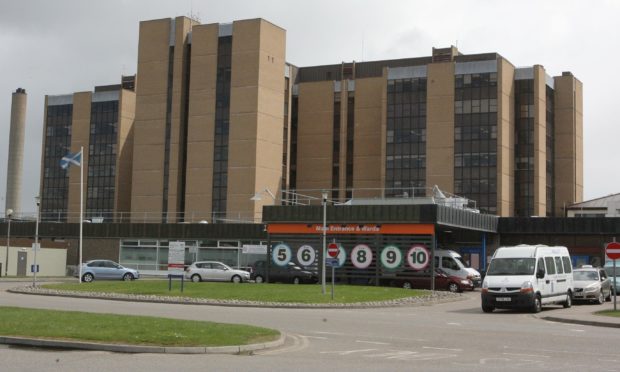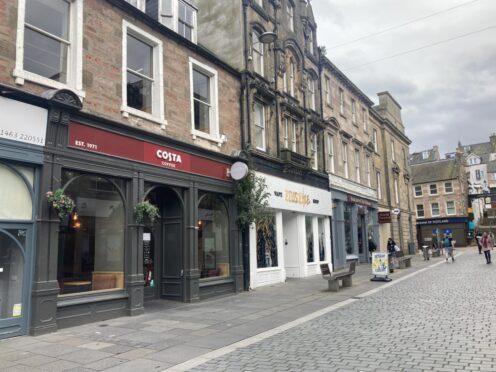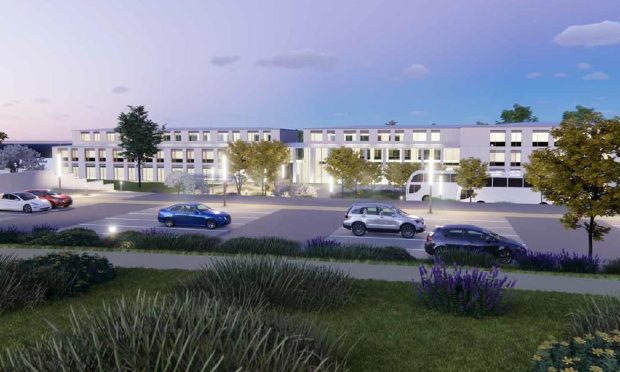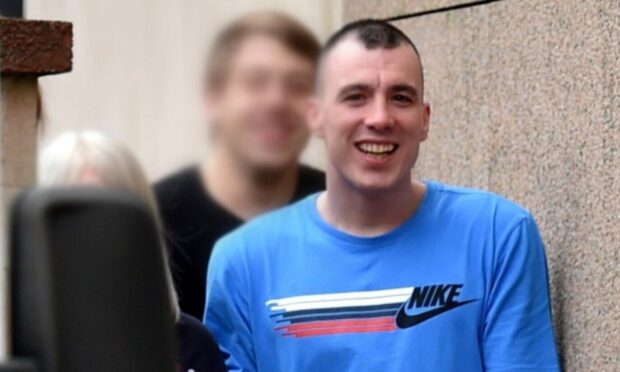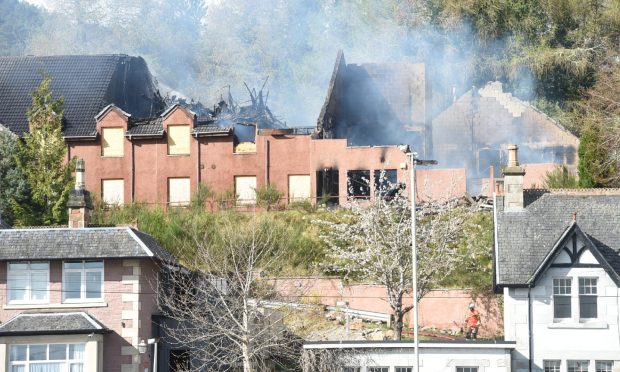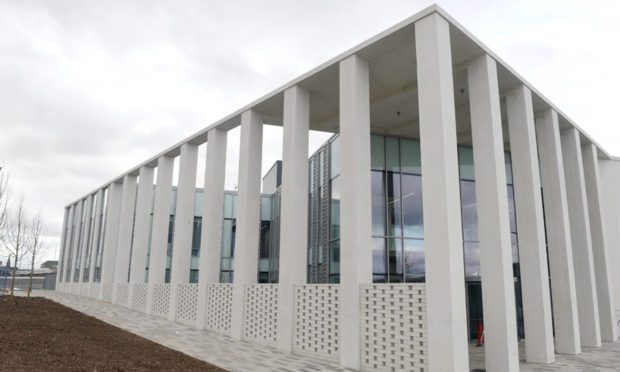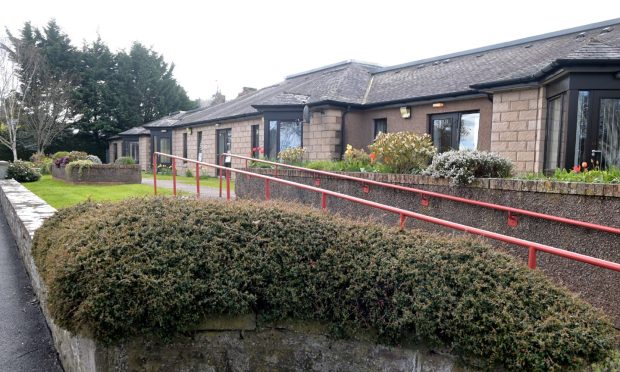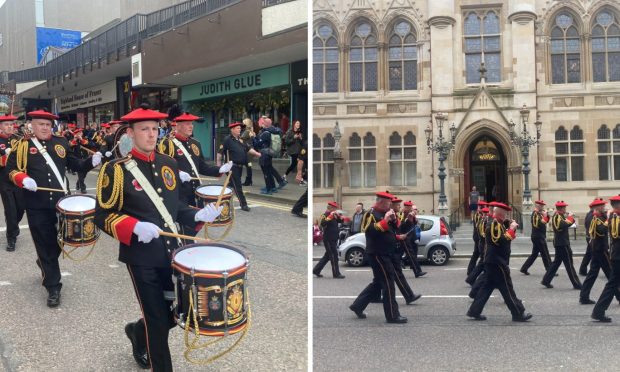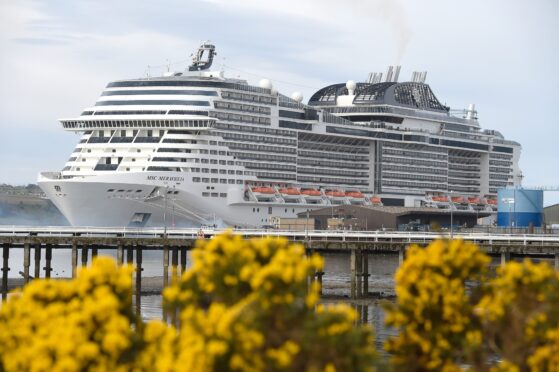The construction of Raigmore Hospital in Inverness was arranged with incredible speed, with the onset of war very much in mind.
The purpose built hospital was created in an extraordinary six months in 1941, with the building more than three times larger than the existing premier facility at the Royal Northern Infirmary on the banks of the River Ness.
One intention was to deliver the 672-bed hospital for the potential influx of military patients during the Second World War, as well as topping up the bed count which many felt had not been sufficient since about 1920.
Raigmore opened its doors on Thursday, September 5, that year with no major action in its early years prior to the Normandy invasion.
Extensive plans were put in place by health bosses in the run-up to D-Day with admissions to the hospital restricted by the Department of Health on May 3 1944, with the number of beds occupied by civilians at the hospital reduced by 10%.
Jim Leslie, who along with his son Steve has extensively researched the history of Highland hospitals, said: “Raigmore was opened in 1941 specifically for war time and in particular with the possibility of blitz attacks occurring – one of seven such hospitals in Scotland.
“A capacity of 600 beds was created in the anticipation that, in addition to service personnel, a high number of casualties would be delivered to the hospital should evacuations from city’s be necessary.”
William Browne, a retired Raigmore consultant, produced a valuable history in the 1980s and Jim drew attention some key points from his book.
He added: “Strict instructions were implemented by the Department of Health in the run up to the Normandy landings, with the number of beds for civilians reduced in preparation for a potential increase in military admissions.”
Civilians who were not in need of any urgent active treatment were transferred to nearby auxiliary hospitals, prior to the arrival of the first military casualties into Inverness via ambulance trains in August of 1944.
The majority of the casualties were found to be suffering from orthopaedic injuries.
Six trains arrived into Inverness, each one carrying around 200 wounded military personnel, as well as doctors and nurses.
William Browne’s book also notes that “The hospital became a very lively place and even more so upon the arrival of prisoners of war just a month or so later.
“The German POWs were guarded by armed sentries at either end of their ward. Some Italians present in the ward, had to be moved out when Italy capitulated.
“Polish casualties from Italy also arrived and were placed as far away as possible from the Germans but there were a few instances where Poles with daggers made of glass from broken windows had to be forced back from the “German” wards.
“Indeed, glass at the time of the war was almost unobtainable; so many windows had to be patched up as a result.”
